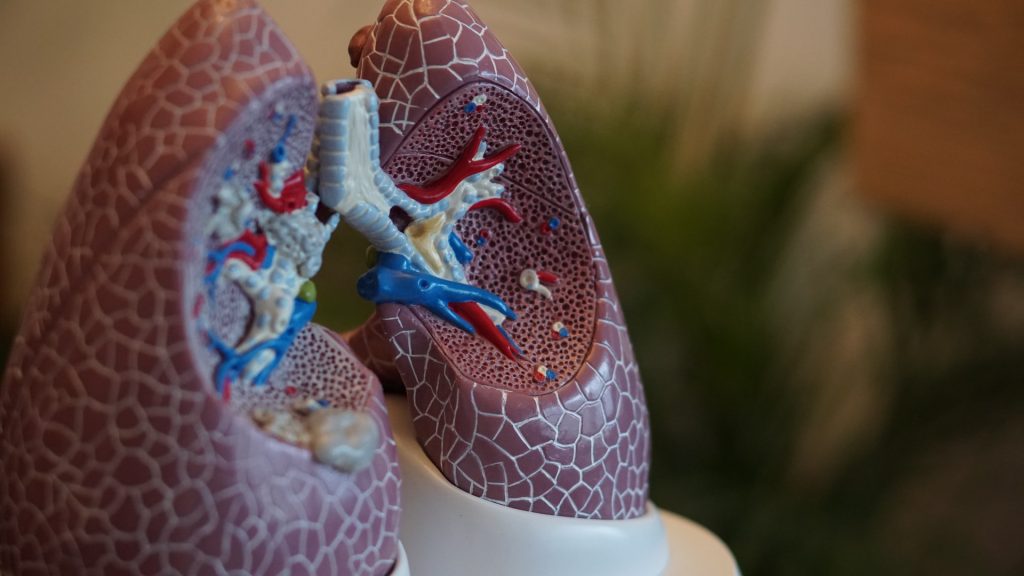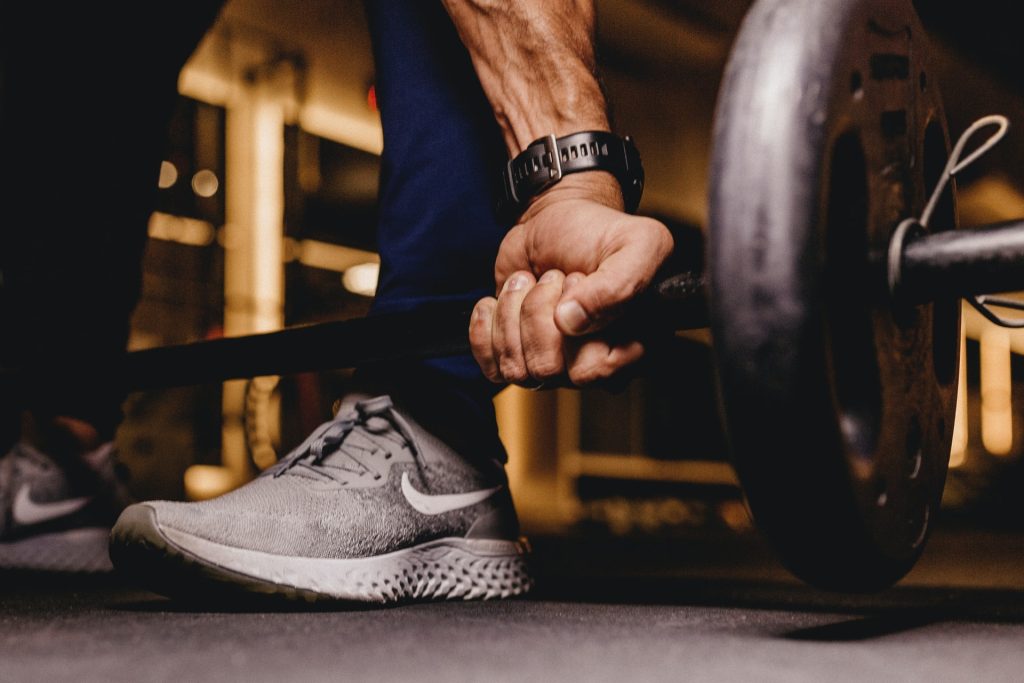Cystic Fibrosis Damages the Immune System Early on

Despite new medication, cystic fibrosis often leads to permanent lung damage. Working with an international team, researchers from the Technical University of Munich (TUM) have discovered that the disease causes changes in the immune system early in life, presumably even in newborns. These changes lead to frequent inflammation and are not affected by drugs targeting the altered mucus production.
Cystic fibrosis is caused by hereditary genetic mutations that impair or halt the production of the CFTR protein. The respiratory tract is most severely affected. There, the mucus becomes so viscous that pathogens like bacteria cannot be removed by coughing. The result is often a deadly cycle of infection and inflammation.
In recent years, doctors have started using so-called CFTR modulator therapies to enhance the protein’s function. This reduces mucus formation and significantly improves the quality of life for those affected. However, clinical studies show that airway inflammation continues to occur frequently. In older patients, the decline in lung function seems unstoppable.
Current research aims to uncover additional processes in cystic fibrosis. “We specifically looked at how the immune system behaves in cystic fibrosis before the cycle of infection and inflammation begins,” said Prof. Nikolai Klymiuk from TUM. He is part of the international team that recently published a study on cystic fibrosis in Science Translational Medicine.
Immature immune cells in blood samples from children
The researchers found that in blood samples from children with cystic fibrosis and biological material from pigs with the same genetic defect, certain cells of the innate immune system are immature. This makes them less effective at fighting bacteria. Pigs with cystic fibrosis also showed an increased number and significantly altered composition of immune cells in the lungs at birth. The strong resemblance between the immune systems of pigs and humans suggests that this finding likely applies to human patients as well.
‘Emergency program’ responsible?
According to the authors, one possible explanation for the changes in the immune system could be a kind of “emergency program”. The program stimulates the body to produce a large number of immune cells particularly quickly or over a longer period of time. One consequence is the formation of immature immune cells, which could contribute to the fatal cycle of infections and inflammation in cystic fibrosis: Although immune cells are present in the lungs, they are ineffective and cause damage to the lung tissue without preventing infections in the long term.
Since immune cells generally produce only very small amounts of CFTR, the research team believes that the influence of cystic fibrosis on the immune system is indirect. This could explain why defective immune reactions cannot be treated well with novel CFTR modulator therapies.
Changes not a result of frequent infections
“We don’t yet know exactly why the immune cells in cystic fibrosis show such changes,” says Nikolai Klymiuk, Professor of Cardiovascular Translation in Large Animal Models. “However, we can show that these occur early in life. They then persist in the further course of life.” According to Klymiuk, although altered immune cells were known from blood samples of adults with cystic fibrosis, they were seen as a consequence of the numerous infections.
“To enable people with cystic fibrosis to live without symptoms, we probably need to tackle the disease on several levels,” said Klymiuk. “We hope our work will help us better understand the causes of the defective immune system and correct them in the future”





